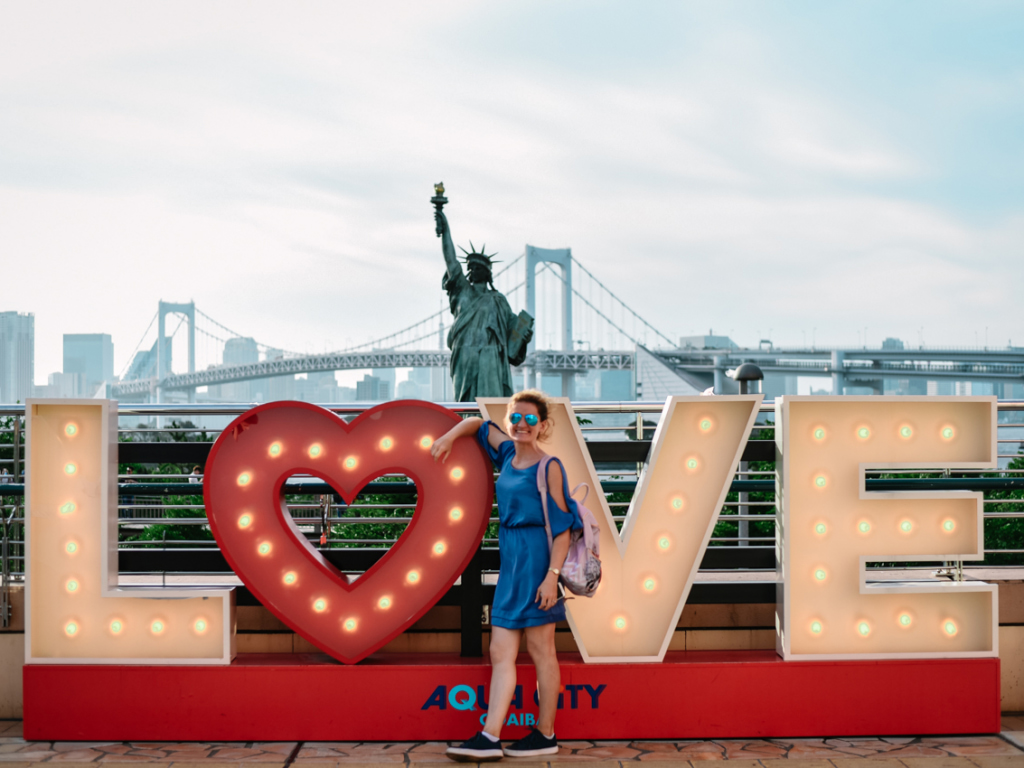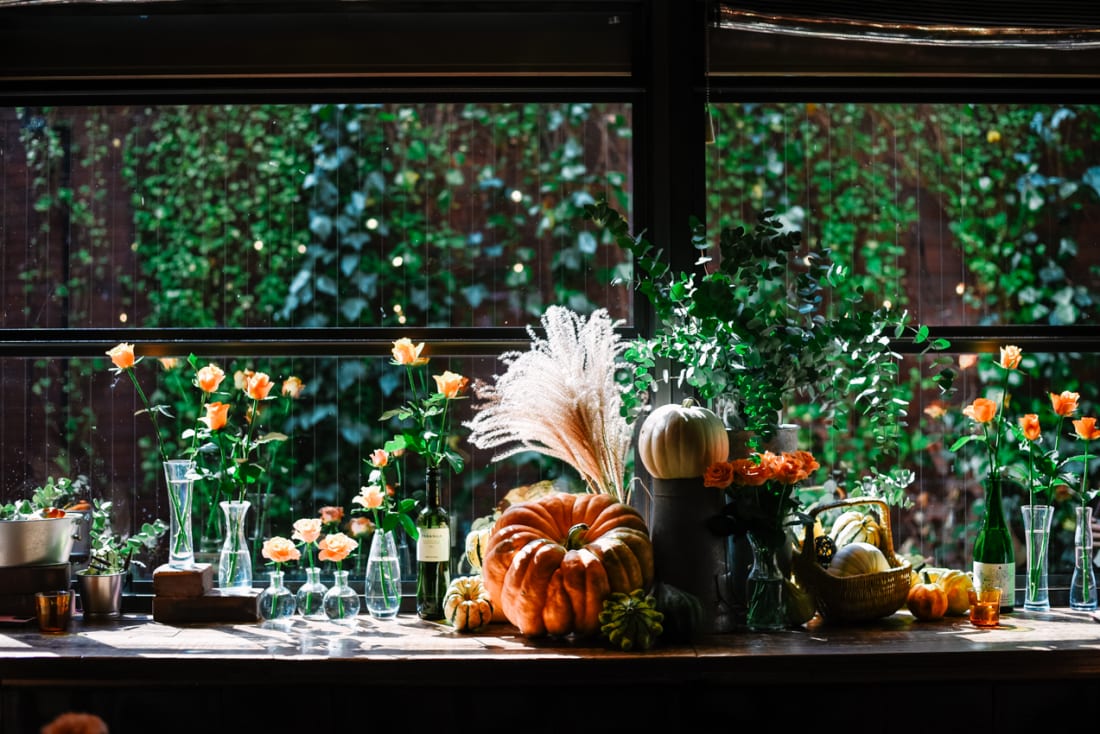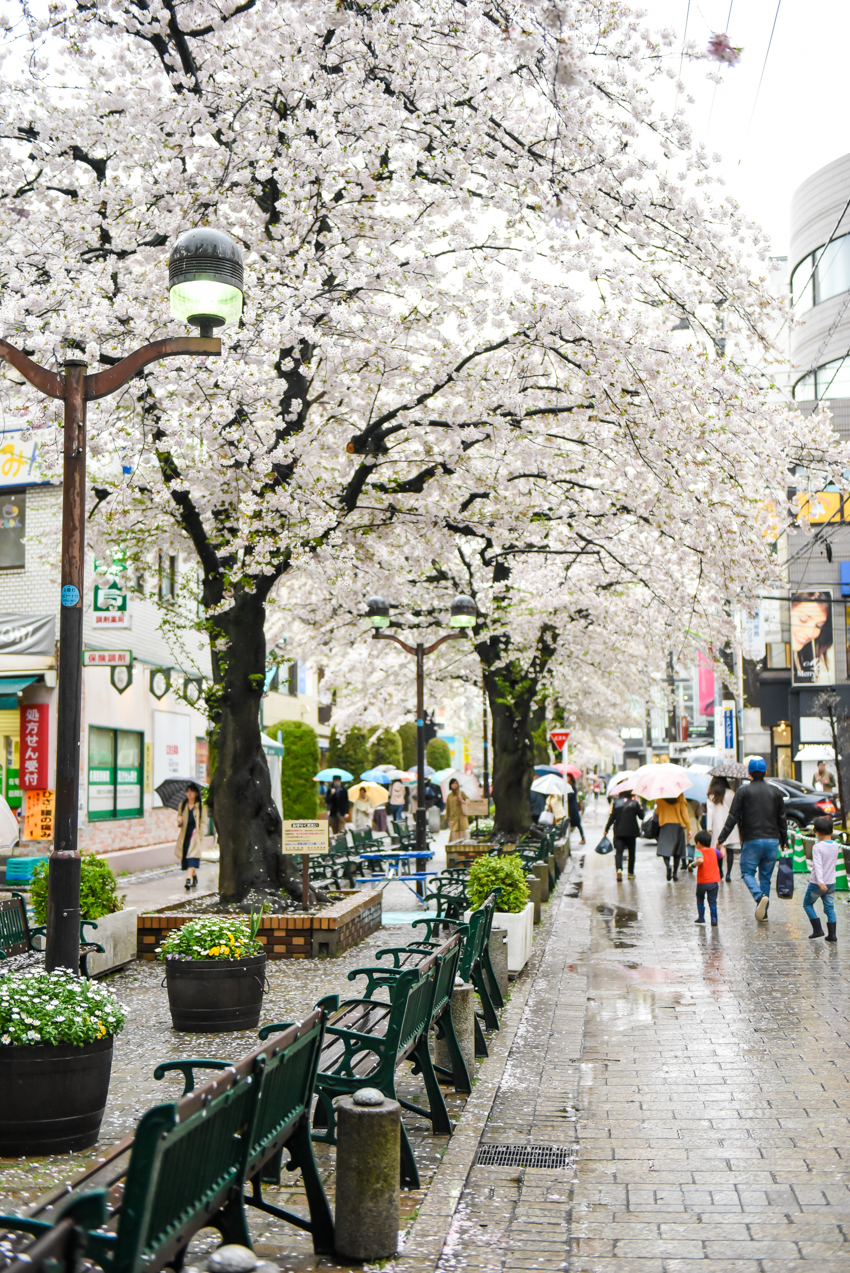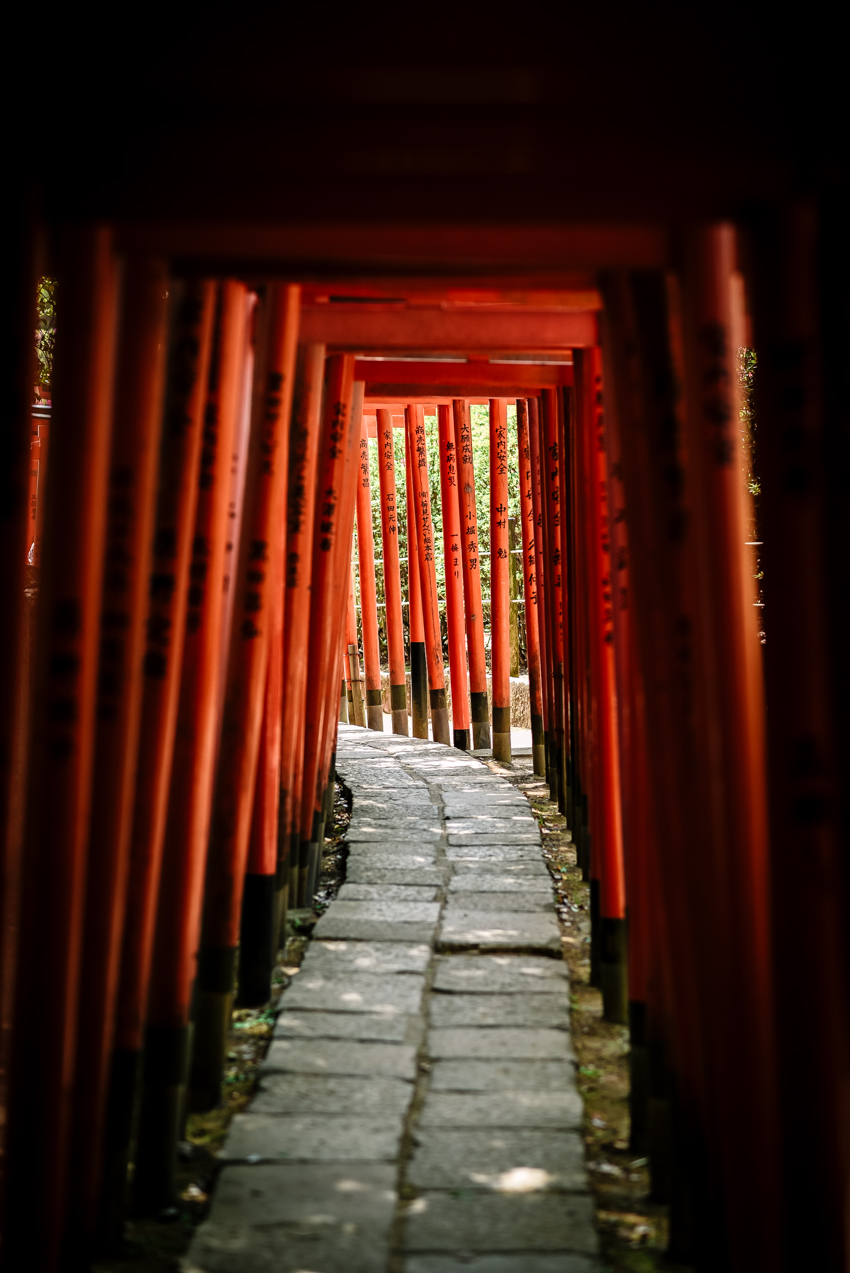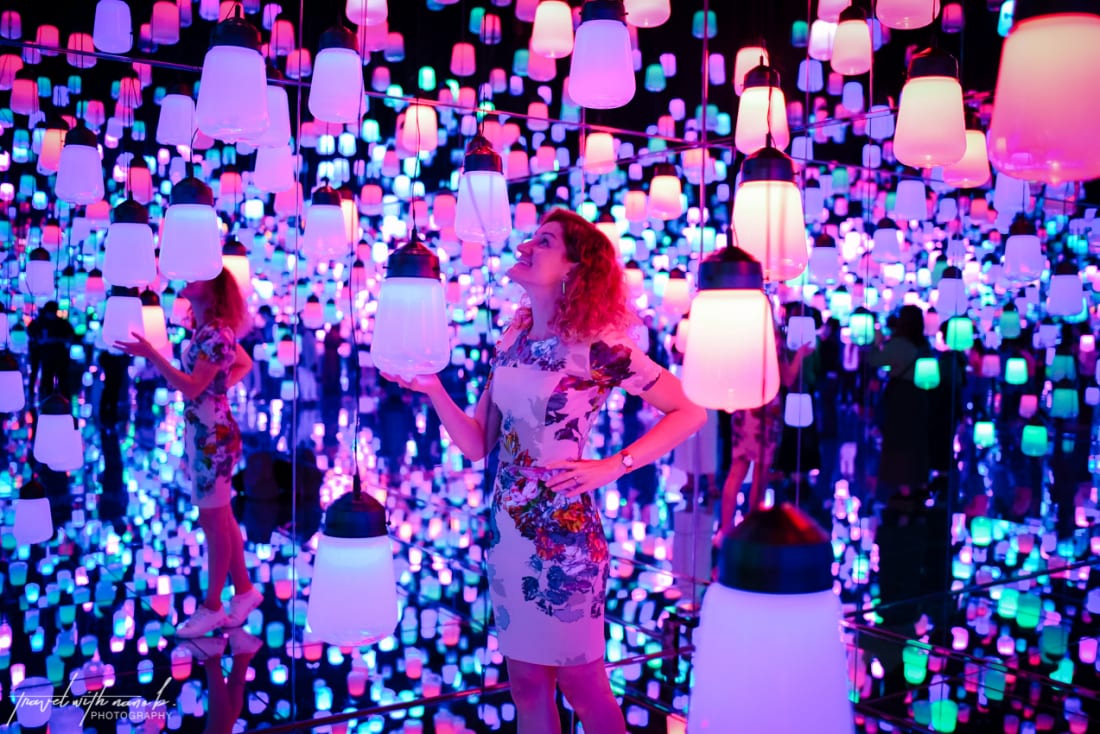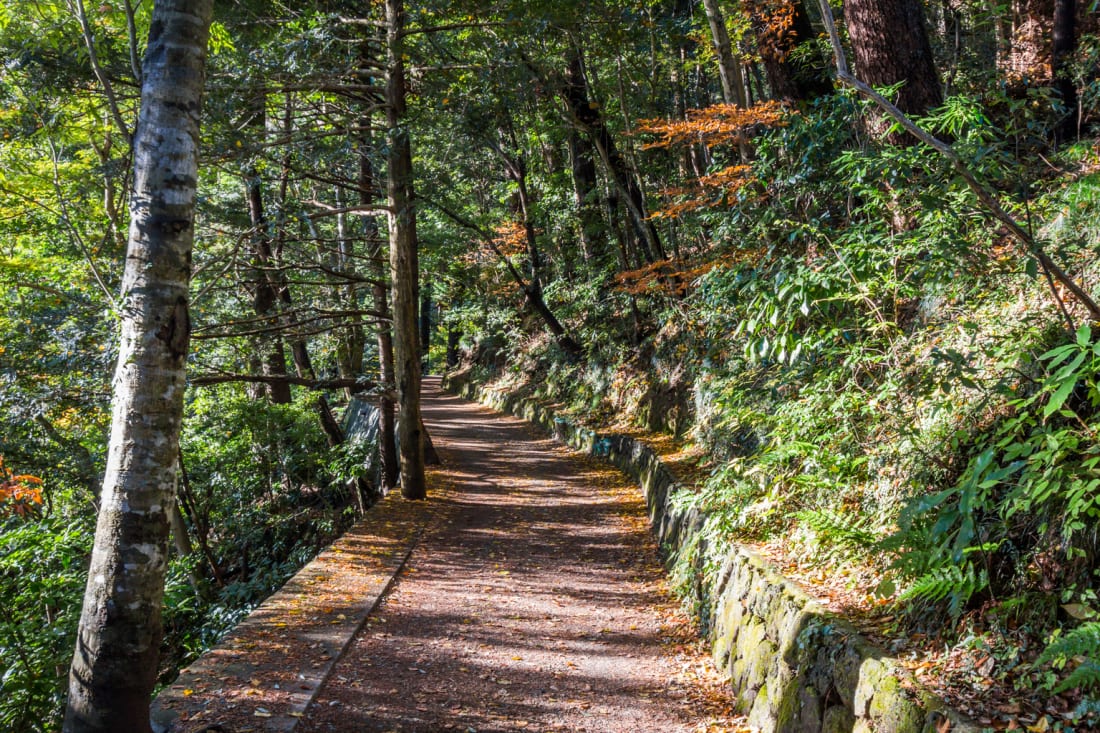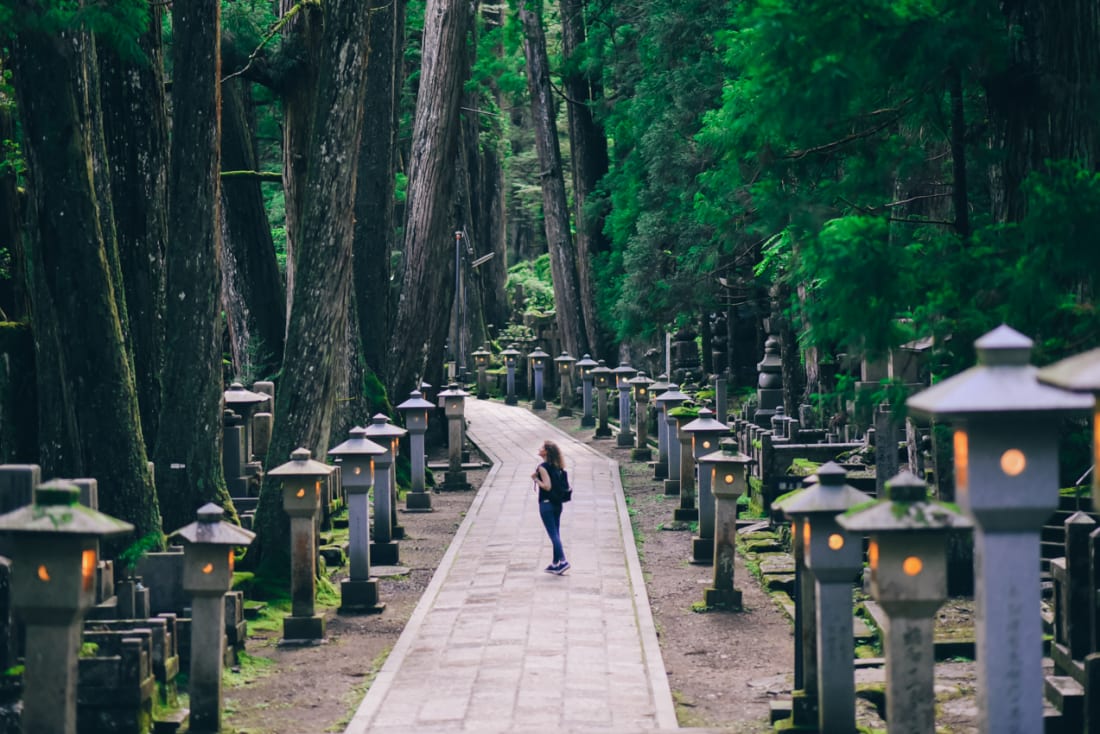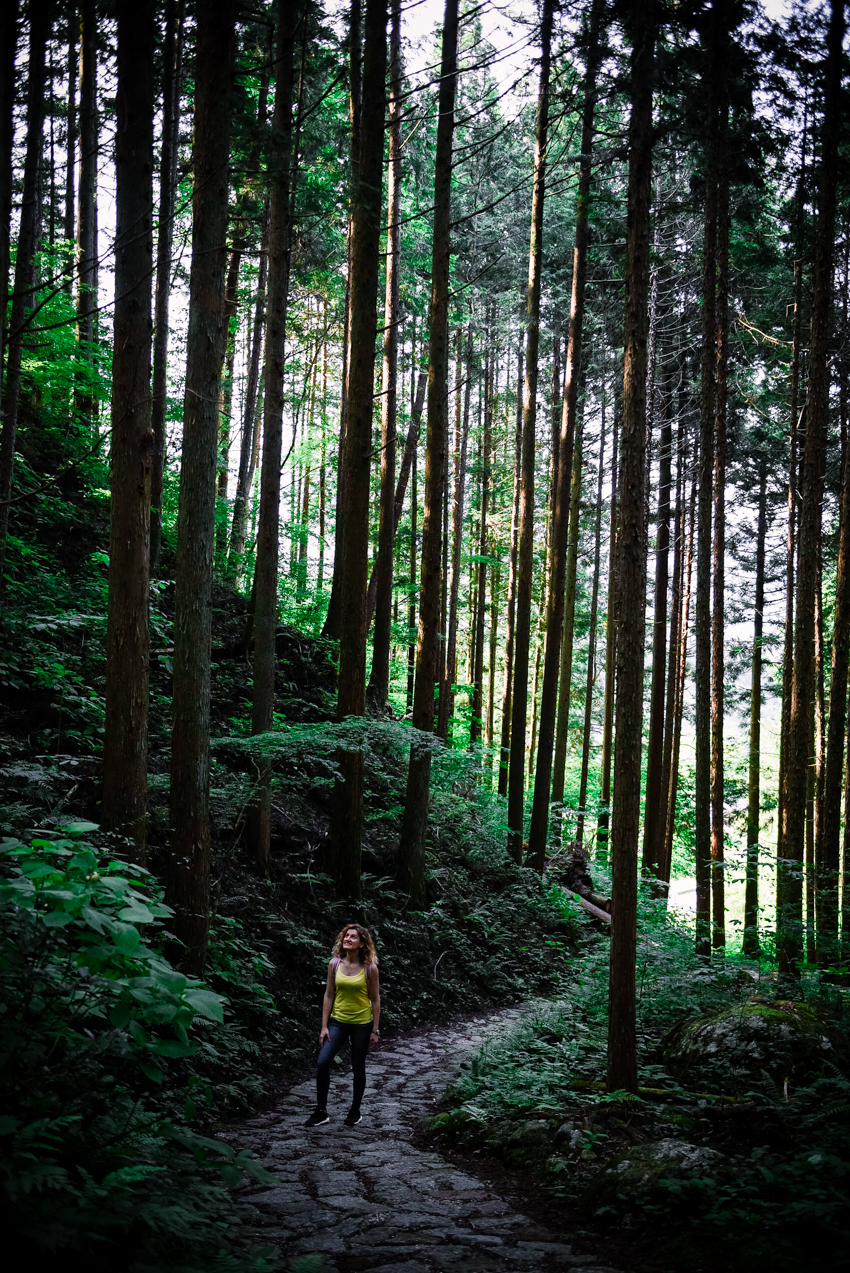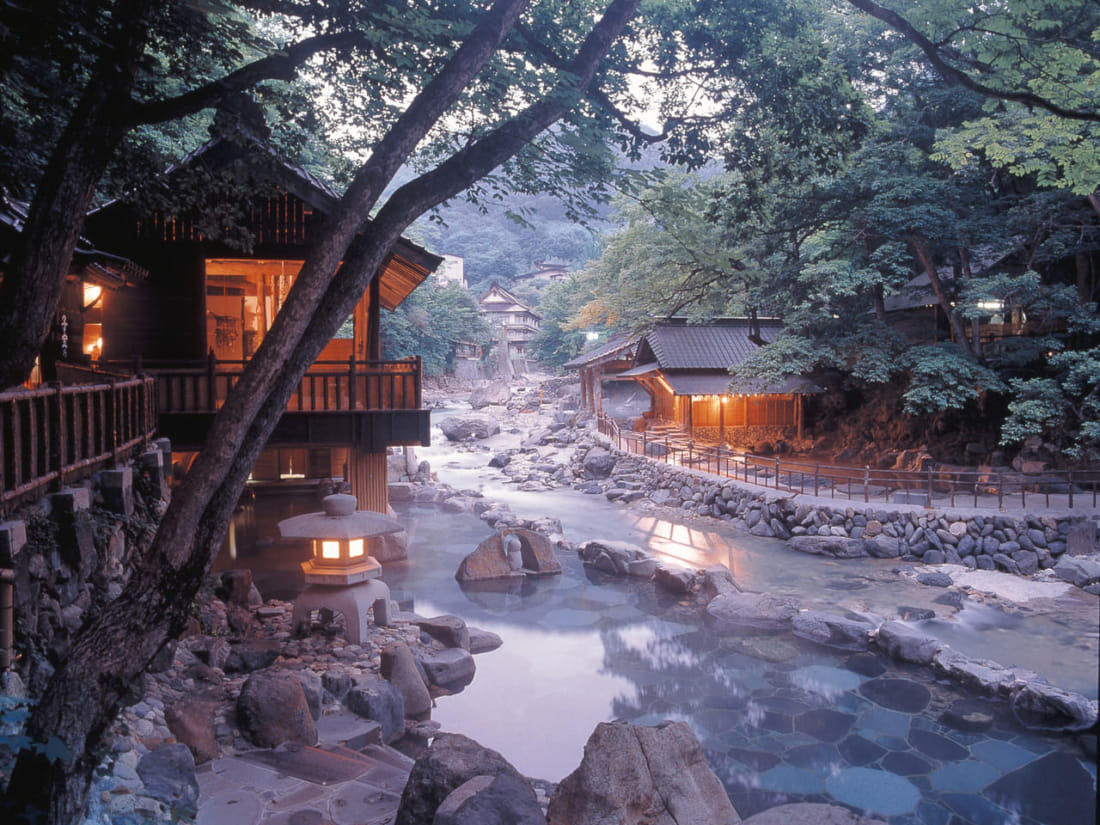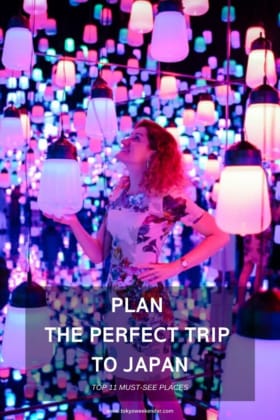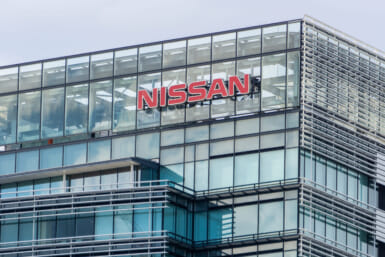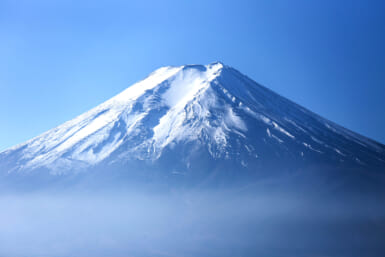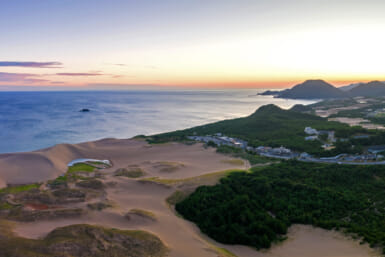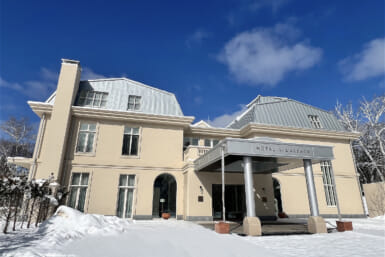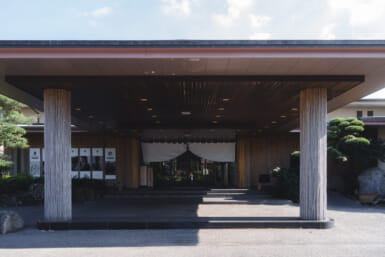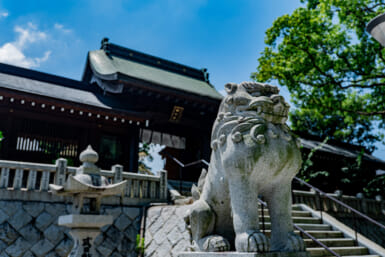The Japanese language is rich with poetic words which carry a deep meaning. One of them is kira kira, which can be used to describe beautiful memories. These are the exact words I want to use while describing my three years in Japan. It was a time filled with once-in-a-lifetime experiences, stunning unadulterated nature, mouthwatering seasonal food, superb customer service, and hospitality that is hard to beat.
A trip to the Land of the Rising Sun is a sensory experience. The visuals, the smells, and the sounds all merge into what I like to call a country of thousand layers, endless contrasts, and infinite possibilities. Beautifully fusing modernity with deep-rooted cultural heritage, Japan has never failed to amaze me. Whether I spent days trotting frenetic streets of Tokyo or ventured out into the tranquil countryside, there was always something new and fascinating to discover. Being bored in Japan is never an option. As I board the plane about to leave this country for good (insert tears here), I cannot help but reflect on and share my top 10 favorite spots in and outside the capital that bring those beautiful memories back to mind.
Sip on Floral Tea at Aoyama Flower Market Tea House
I spent more time than I care to admit exploring Tokyo’s thriving café scene. There is currently a slew of options that entice with fantastic coffee or tea, fluffiest pancakes and divine French toasts. Although one spot that I kept coming back to is Aoyama Flower Market Tea House. This floral oasis is set inside the flower shop and reminds you of a beautiful greenhouse. Besides its charming décor, there are two things I frequent this spot for: floral teas (their signature Ispahan and earl grey come to mind) and fantastic French toast. They don’t take reservations and the wait time can get ridiculously long, so I recommend arriving a little before the opening time (11am) to score the seat.
Go Off the Beaten Track in Jiyugaoka
Largely favorited by locals, Jiyugaoka is an affluent neighborhood perfect for café-hopping, people watching, and shopping on a lazy weekend afternoon. While it might not be dotted with remarkable historic sights per se, this charming neighborhood offers a perfect insight into how Tokyoites embrace dolce far niente on the weekends. Some of my preferred spots here are La Vita, a little piazza designed to imitate Venice, and Kosoan, a century-old tea house offering a tranquil respite from the bustle of the city on top of their fantastic matcha tea. While at it, don’t leave without strolling along the Marie Claire Promenade, which is particularly atmospheric during cherry blossom season.
Indulge in Street Food under the Train Tracks
Tokyo has a fantastic restaurant scene and will not disappoint even the most snobbish gourmands who like to indulge in the luxurious dining. However, if you’re looking for a bit more informal grub with a chill atmosphere, head to an izakaya, or local gastropub. Some of the most popular and touristy spots are Piss Alley in Shinjuku and Yurakucho north of Ginza, however, I recommend going off the beaten track in Koenji. Go to this retro neighborhood to ferret around in its numerous thrift and record stores, visit one of Tokyo’s most impressive shrines Mabashi Inari, and enjoy live music performances in the underground bars. Once you’ve done all that, land at one of the izakayas that are nestled right under the train tracks and lure you in with aromas of grilled yakitori and sounds of clinking beer glasses.
Peruse Historic Yanesen
Every time I craved to immerse myself in the ambiance of quintessential Japan without spending too much time on a train, I would more often than not gravitate towards Yanesen. This well-preserved neighborhood in east Tokyo exudes shitamachi vibes and retains a serenity of the untapped locale. Located to the east of Ueno Park in Taito and Bunkyo wards, Yanesen is the collective name for the Yanaka, Nezu, and Sendagi neighborhoods. All three neighborhoods are characterized by traditional Japanese townscape, an ambiance of Edo-period Tokyo and a slow pace of life. If you have some time on your Tokyo itinerary, then I recommend you take time to explore some of my favorite spots here like Nezu and Yushima Tenjin shrines, Yanaka Ginza shopping street, Kayaba coffee house – an old-school 1930s kissaten – and Ueno Sakuragi Atari, three repurposed historic buildings that house a beer hall and bakery.
Explore Tokyo’s Art Scene
Tokyo has long earned its status as an art mecca, with vibrant and omnipresent art scene spanning from small independent galleries to the modern institutions. Two of my favorite art spaces are Nezu Museum and teamLab Borderless. The former houses one of the most compelling collections of pre-modern (before 1940) Japanese art and features striking contemporary architecture paired with a tranquil Japanese garden. Don’t skip its traditional Japanese teahouse — an homage to the museum’s founder and his love of the traditional tea ceremony. Digital art installation at teamLab Borderless, on the other hand, will set you on a journey that is equal parts psychedelic and brilliant. Wanting to promote Tokyo as an emerging innovative art hub, the masterminds behind the famous teamLab (Japan’s ‘ultra-technologists’) created one of the world’s most cutting-edge permanent exhibitions that awakens all senses. It is art that is not tangible and transcends physical boundaries in the most captivating way.
Hike at Mount Takao
Despite its reputation of a concrete jungle, Tokyo is dotted with plenty of green spaces including sprawling parks and zen landscape gardens. If you would like to connect with nature, enjoy beautiful scenery and go on a light hike without leaving the city boundaries, check out Mount Takao which offers fantastic views of the city once you reach the top. And since you’ll be close by, I highly recommend making a reservation for lunch at Ukai Toriyama, a traditional Japanese restaurant tucked away in the woods which pairs atmospheric ambiance with fantastic food and superb service. It will make for a perfect reward after the hike.
Find Peace at Kamakura
Referred to as “Kyoto of the Kanto region” and located within a brisk one-hour train ride from Tokyo, this enchanting town makes for an amazing short getaway. Once a sleepy fishing village, Kamakura became the seat of Japan’s first shogunal government and political center of Eastern Japan in the 12th century and held the title of the capital until the 14th century. Framed by mountains and the sea, Kamakura is a perfect combination of natural beauty and historic sights. I highly encourage you to spend a day here and possibly visit Enoshima island to marvel at incredibly old sights, shop to your heart’s content in the local craft stores, devour delectable seafood. and even enjoy the view of Mount Fuji on clear days. Among its myriads of shrines, I recommend you explore Kencho-ji (Kamakura’s oldest Buddhist temple dating back to the 13th century), Hokoku-ji (featuring moss garden and bamboo grove) and Hasedera Temple grounds.
Explore Kyoto Prefecture
There is a good reason why Kyoto has been named as one of the top cities in the world. With its celebrated centuries-old temples, serene landscape gardens, and atmospheric cobblestone alleys, the former imperial capital exudes the old-world charm that is hard to match. While there are a number of must-see historic sites that you should visit, allocate some time to venture off the beaten track to discover more gems of the Kyoto Prefecture. Some of my most memorable moments here included enjoying Kawadoko by the river in the mountains of Kibune; indulging in all things matcha at the town of Uji; and visiting the traditional funaya in the finishing village of Ine.
Overnight Stay at Buddhist Temple at Mount Koya
This mountain temple town, currently the World Heritage Site, is one of the most sacred places in Japan and a popular pilgrimage destination. Visitors have a unique opportunity to spend the night in one of the Buddhist temples, and learn directly from monks about one of the most revered persons in the religious history of Japan, Kobo Daishi, who founded Koya-san in the 9th century. Kobo Daishi’s mausoleum is located on the grounds of Okuno-in Cemetery, the largest in Japan. During your stay, you eat specially prepared vegetarian meals that the monks typically eat every day for dinner and breakfast, participate in the meditation session and copy sutras in Japanese calligraphy, take night cemetery tour as well as attend early morning prayers and fire ceremony. In short, the cultural experience is incredible.
Hike Kiso Valley’s Historic Nakasendo Trail
A four-hour bus ride up the mountains of Nagano Prefecture will bring you to the historic post towns of Magome and Tsumago in Kiso Valley. This place really makes time travel possible and immerses you into a different era. During the Edo Period, Nakasendo was a primary commerce route connecting Edo (old name of Tokyo) and Kyoto. Since the shogunate forced the travelers to make their trips on foot, around 67 “post towns” were built every few kilometers to provide travelers with places to rest and eat after a long arduous journey. A few of these post towns have been meticulously preserved along the Kiso Valley and still welcome travelers. You can spend the night in one of the cozy inns and complete the famous Magome-Tsumago hike which takes you through the scenic route along the historic Nakasendo trail. It certainly is one of the most atmospheric places among the traditional villages I have visited in Japan.
Soak in the Hot Springs at Takaragawa Onsen
Bathing in hot springs is an inseparable part of local culture and Japan has thousands of onsen (which translates to hot water) towns, some of which are particularly beautiful. One of the most picturesque onsens I got to visit is undoubtedly Takaragawa Onsen Ousenkaku, nestled in the mountains of Gunma Prefecture. It boasts four open-air onsen located along the river, and two indoors. I visited in January and was treated to a real winter wonderland. Imagine soaking in the warm water as the thick snowflakes fall from the sky, capping layers over the big boulders along the river. The sounds of the forest and the ice-cold Takaragawa River rushing along the steaming hot springs created a truly relaxing atmosphere.

